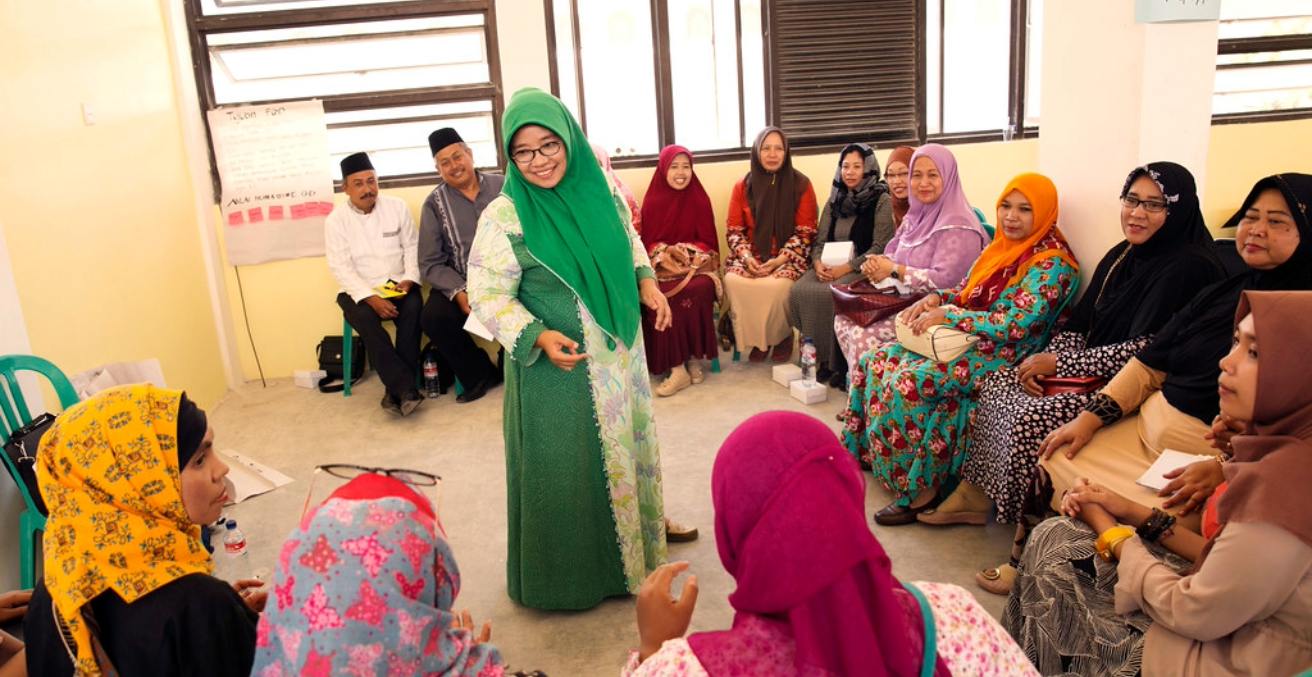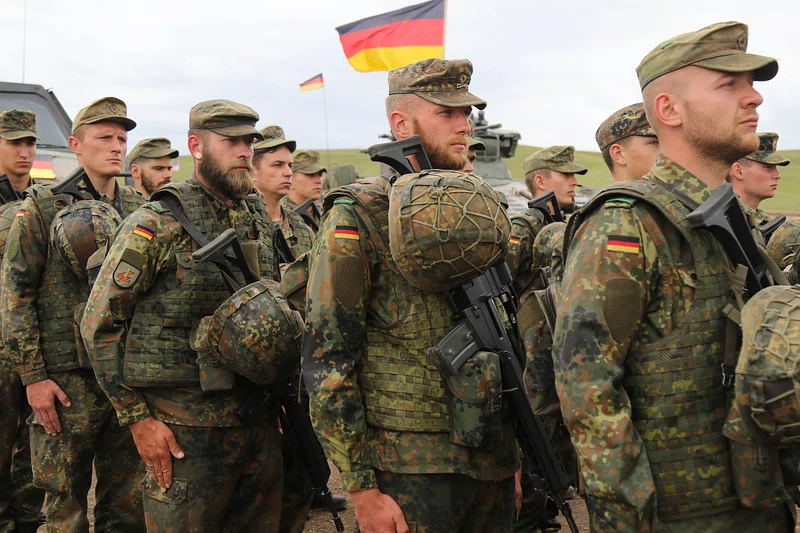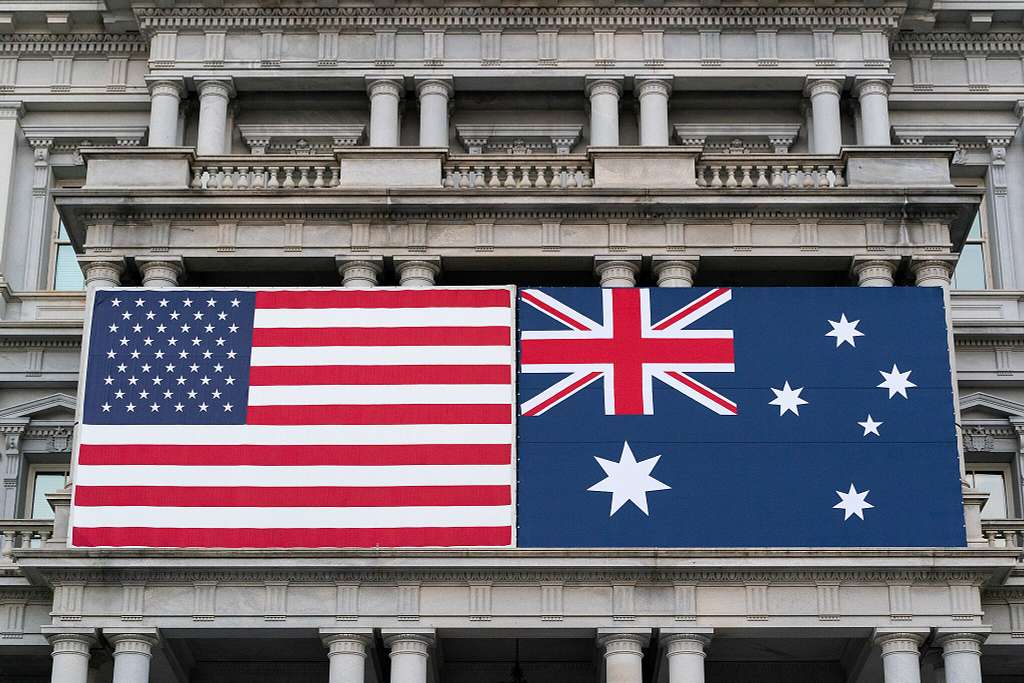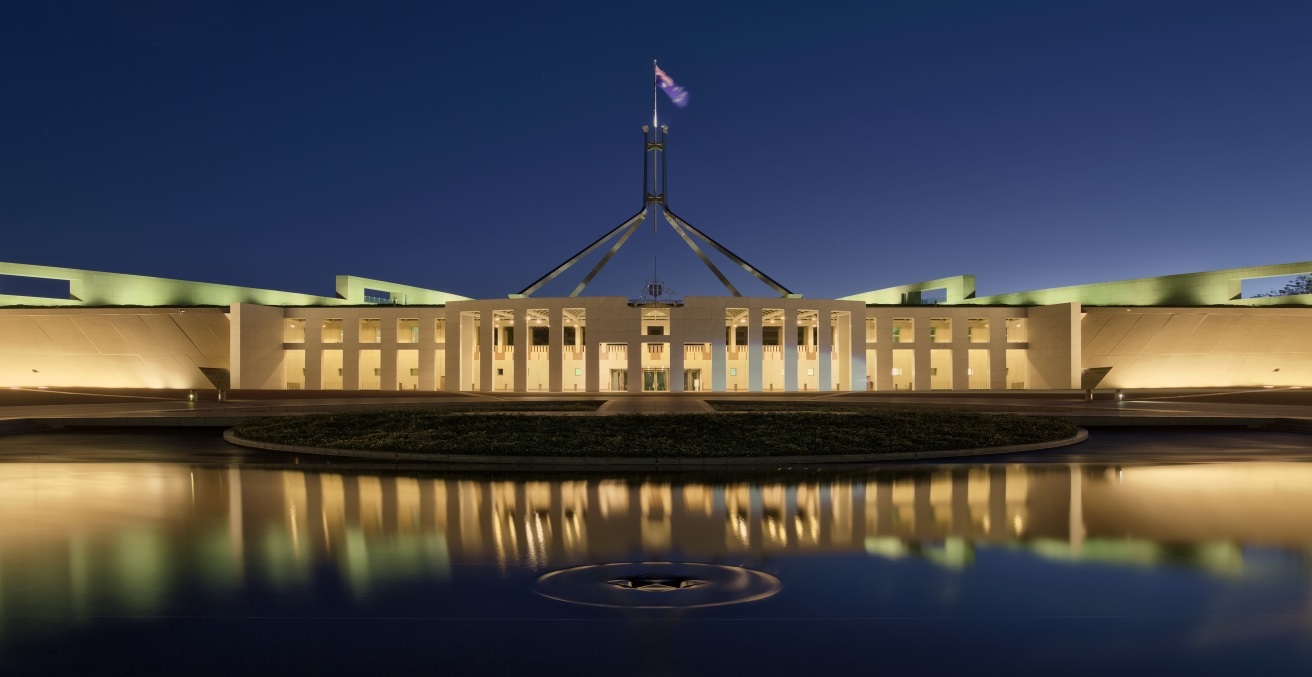Young women’s leadership is vital to respond to the complexity of today’s peace and security challenges. Learning from, and supporting, their significant contributions requires more than recognition; it calls for sustained investment, informed research, and inclusive policy reform that places young women at the centre of peacebuilding efforts.
As civic spaces shrink and climate and conflict crises escalate, it is crucial to learn from, and include, young women across a range of peacebuilding efforts. Their perspectives are essential to ensure their needs are met and their voices heard, but also because they offer deep insights that can benefit wider communities seeking peace. Across the Asia Pacific, young women envision peace more than the absence of war, but rather as the presence of justice, dignity, and security. Working toward those ends, many young women take on crucial roles as transformative peacebuilders—asserting their agency in both grassroots efforts and formal political decision-making. For example, across Southeast Asia, young women have been key actors in drafting peace plans in Mindanao and leading digital civic engagement in peacebuilding.
Young women have unique experiences of conflict
Given intersecting inequalities of gender and age, young women have unique experiences of conflict and its impacts. In particular, young women in conflict-affected settings face challenges of forced marriage, limited access to reproductive healthcare, gender-based violence (GBV), and disruptions to education. For instance, in 2018, UNICEF reported that in Rohingya refugee camps in Cox’s Bazar, conservative social norms, early marriage, and safety concerns resulted in only three percent of adolescent girls aged 15–18 attending Temporary Learning Centres, compared to 28 percent of boys. More recently, in 2024 fieldwork for ongoing research, an Indonesian young woman peacebuilder affirmed that gendered expectations and stigma around speaking out continue to marginalise young women’s voices. Understanding such unique experiences is crucial to accounting for young women’s needs and aspirations in working for peace.
Of course, gender and age are not the sole intersecting characteristics influencing young women’s experiences. Challenges they face can be amplified due to hierarchies and assumptions around numerous other characteristics (e.g. socioeconomic status, ability status, geographic location, and religious affiliation). Additionally, accurately understanding young women’s experiences requires continually asking which young women are involved and how.
Hurdles young women peace-builders face
Although young women are key stakeholders in peace and security, too often they are not taken seriously as legitimate actors for peace. This denial of legitimacy often stems from stereotypes or discriminatory practices relating to age and gender hierarchies. Overly narrow definitions of what “counts” as peacebuilding can also feed into marginalisation, since young women are commonly excluded from more formal peace processes or institutions.
At the same time, a paradox in youth engagement persists, wherein young people—particularly young women—are celebrated as change agents, yet remain structurally excluded from decision-making processes relating to peace and security. Even when spaces for youth have been created in multilateral peacebuilding institutions, participants report that they too often function in limited, tokenistic ways, which do not leave young women able to participate meaningfully. Moreover, beyond these formal institutions disproportionately led by older men, research from across the region demonstrates that young women’s marginalisation from peacebuilding also sometimes occurs in women’s community-based organisations. These organisations can sometimes reflect and reinforce age hierarchies, despite being otherwise committed to empowerment and inclusion.
Young women offer crucial insights and actions for peacebuilding
Research from around the region demonstrates how young women commonly engage in leadership approaches that are more bottom-up, collaborative, and transformative. While young women are often excluded from halls of power, they both contest this exclusion and make important everyday political contributions in places like their schools, homes, and religious settings. In doing so, many young women leaders highlight key values and practices that incorporate relationships, respect, inclusion, and confidence.
In fact, despite challenges, young women from diverse backgrounds around the Asia Pacific contribute to peacebuilding with remarkable resilience. For example, a young woman peacebuilder from Indonesia led interfaith dialogues between Christian and Muslim communities, helping victims of terrorism confront stigma through open conversation. As a mediator in deeply divided settings, she explained, “We trained youth and women groups… it became a room for us as young women to reconcile and speak about what we suffer from.” By guiding discussions rooted in personal experience rather than doctrine, young people who completed these trainings helped bridge long-standing divides and created space for mutual understanding. By listening to and supporting young women’s peacebuilding contributions, policymakers, scholars, and practitioners can develop crucial insights for advancing inclusive peace and security.
Ways to support young women working for a more peaceful world
A broad suite of approaches is needed to better recognise, amplify, and support the many contributions young women make and can make for peace. Firstly, scholars, policymakers, and practitioners working to advance peace and security can draw on these unique insights to adopt or reaffirm broader definitions of peace that better account for young women’s lived experience. Actors working across sites, ranging from everyday community hubs to high-level political institutions, can work to make spaces for young women to connect and build confidence in their capacity to impact change for peace. Donors can allocate adequate resources for access to the opportunities and training young women want.
When seeking to effectively include young women in action for peace, it is vital to approach mentoring in ways that rethink ageist assumptions of one-way deliveries of knowledge from elders to young women. Instead, significant efforts are needed to cultivate intergenerational dialogue and empathy. Such connections are not only possible, they are already happening and can significantly contribute to more inclusive practices of peace. Women-led civil society organisations (CSOs) can act as critical enablers of youth inclusion by actively engaging in intergenerational collaboration and creating a model of intersectional, feminist peacebuilding. For example, a young woman leader from Indonesia explained that the women’s CSO she is part of intentionally and actively supports youth-led peacebuilding. At the same time, the organisation leverages its networks to create access and visibility by inviting young people into established spaces with government and other stakeholders, co-designing initiatives through youth consultations, and ensuring youth are represented, not just as participants, but as speakers and decision-makers in national peace and security forums.
Conclusion
Overall, young women’s leadership for peace connects formal and informal spaces, making peace processes more inclusive and relevant. Young women contribute innovative, community-rooted approaches, such as intergenerational dialogue, trauma-informed healing, and digital activism, that expand and deepen the very definition of peace. Their leadership is vital and offers transformative approaches that respond to the complexity of today’s peace and security challenges. Learning from, and supporting, their significant contributions is essential to creating peace for all. This requires more than recognition; it calls for sustained investment, informed research, and inclusive policy reform that places young women at the centre of peacebuilding efforts.
Dr Lesley Pruitt is Associate Professor in the School of Social and Political Sciences and Research Affiliate of the Initiative for Peacebuilding at the University of Melbourne.
Erika Isabel Yague is a PhD Candidate in the School of Government and International Relations at Griffith University.
This article is published under a Creative Commons License and may be republished with attribution.





